Blisterata – Don’t wait, take action today!
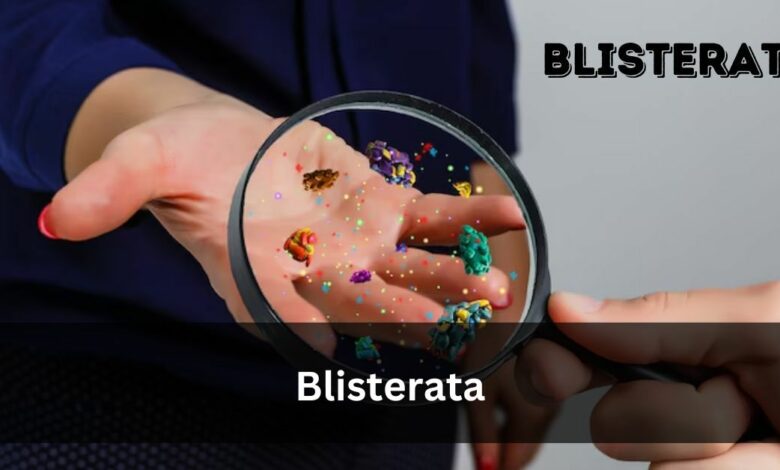
I hiked in the Grand Canyon over the previous summer. It was super hot and the ground was rough. My feet got really sore and covered in painful blisters. Walking was really hard!
Blisterata is a skin condition characterised by fluid-filled blisters on the surface. It includes conditions like Epidermolysis Bullosa, a genetic disorder causing fragile skin, an autoimmune disease that results in large blisters.
Blisters turning every step into a fiery dance of agony.
What is blisterata – let’s learn!
Blisterata isn’t recognized in medical terminology and seems to be a term coined or possibly misspelt. However, in the context provided, it appears to describe a dermatological condition characterised by the formation of fluid-filled blisters on the skin’s surface.
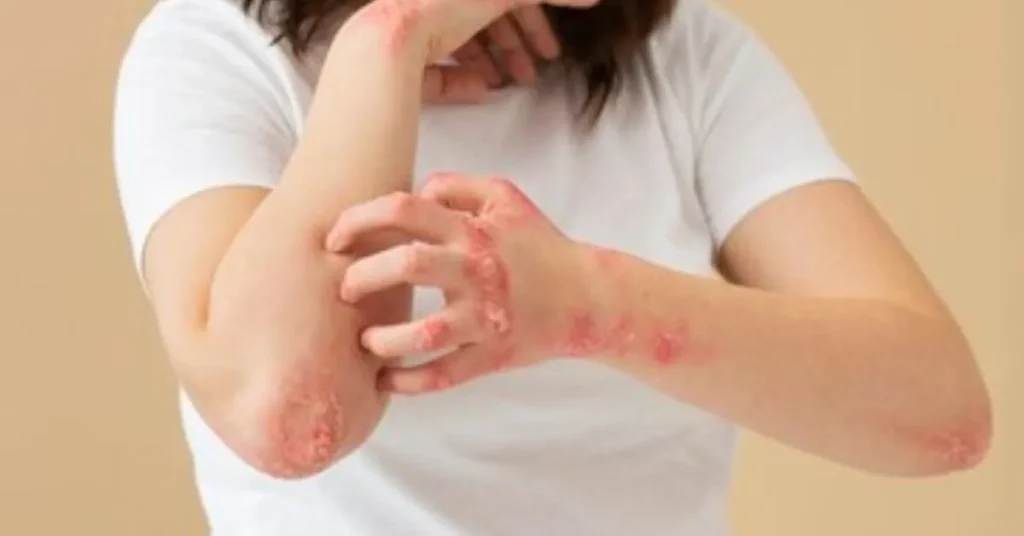
While “Blisterata” itself may not be a formally acknowledged medical term, the presence of blisters on the skin can indicate various underlying issues or conditions. These may include friction-induced blisters, which are common and often occur due to ill-fitting shoes, repetitive activities, or rubbing against clothing.
What are the Common Causes of Blisters – A Step-By-Step Guide!
- Friction: Repeated rubbing or pressure on the skin, often from ill-fitting shoes or repetitive motions.
- Heat: Exposure to excessive heat, such as from sunburn or contact with hot objects.
Chemical exposure: Contact with certain chemicals found in detergents, solvents, or skincare products. - Burns: Thermal burns from fire, hot objects, or chemical burns can lead to blister formation.
- Infections: Viral infections like herpes or bacterial infections like impetigo can cause blisters.
- Allergic reactions: Some individuals may develop blisters as a result of allergic reactions to foods, medications, or other substances.
- Medical conditions: Certain skin conditions like eczema, dermatitis herpetiformis, or pemphigus can cause blistering.
what are the Symptoms of Blisterata – Examining Each Method!
1. Tenderness or Pain:
Blisters can be tender or painful to the touch, especially if they’re large or located in areas where pressure is applied, like the feet or hands.
2. Redness and Swelling:
The skin around the blister may become red and swollen due to inflammation caused by the blister itself or by an underlying condition.
3. Itching or Burning Sensation:
Some blisters may cause itching or a burning sensation, particularly if they’re caused by an allergic reaction or skin irritation.
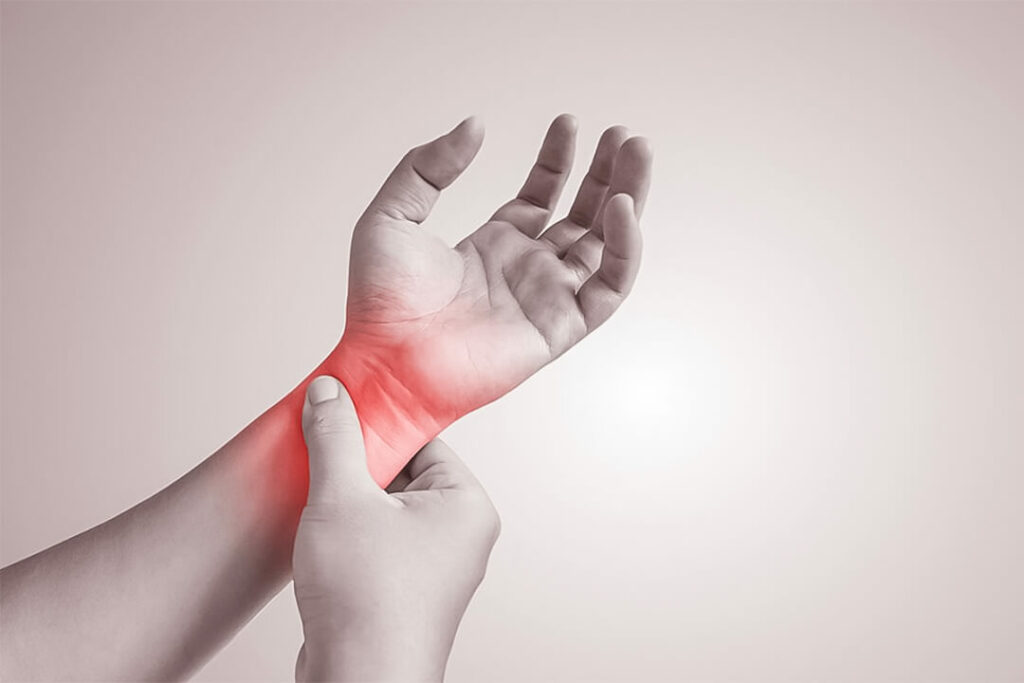
4. Skin Breakage:
If the blister is subjected to further friction or pressure, it may burst or break open, exposing the underlying raw skin, which can be painful and increase the risk of infection.
5. Infection Signs:
Signs of infection can include increased pain, redness spreading beyond the blister, warmth around the blister, pus drainage, or fever.It’s critical that you get medical help if you observe these symptoms.
Read More: Online Loans Fintechzoom – Everything Is Here To Know!
How Can Certain Foods or medications cause blisters?
Certain foods or medications can sometimes cause blisters on the skin for some people. This happens because the body reacts to certain foods or drugs in a way that leads to blister formation. Foods like nuts, shellfish, and dairy, as well as medications like antibiotics or painkillers, are common triggers.
Sometimes, even direct contact with certain substances, like creams or chemicals, can cause skin blisters. If you think food or medication is causing your blisters, it’s a good idea to talk to a doctor. They can help figure out what’s causing the reaction and suggest ways to avoid it.
How Can I exercise or continue my usual activities with a blister?
When you have a blister and want to keep doing your usual stuff or exercise, there are a few things to remember. Try to do activities that don’t hurt the blister more, like swimming instead of running if it’s on your foot.
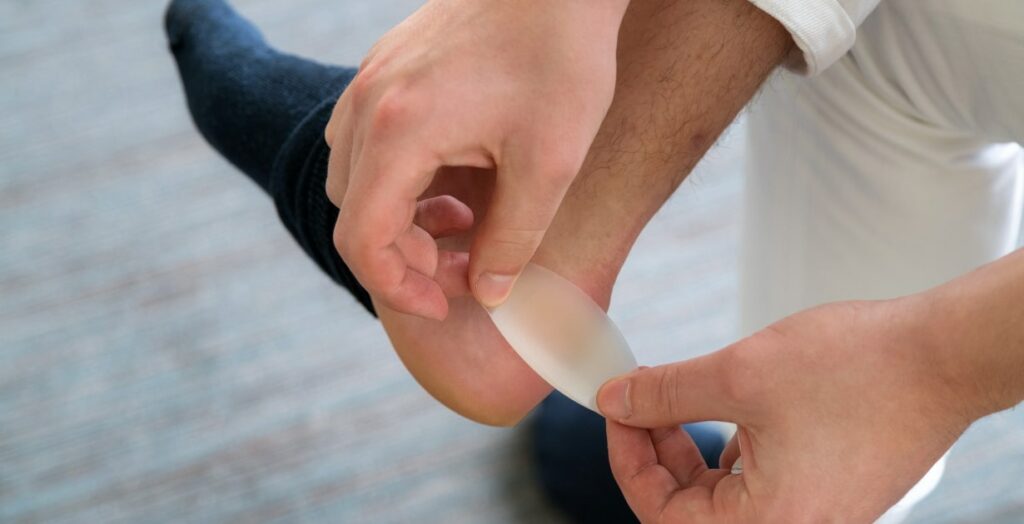
You can cover it with a bandage or a special pad to protect it. If it starts hurting more, take a break. Keep an eye on it and if it looks worse or gets infected, ask a doctor for advice. Also, make sure your shoes fit well and try to avoid things that might make it hurt more. Take it easy and let it heal properly!
How much time does a blister take to heal?
Blisters usually take about a week to heal if they’re small and you keep them clean and safe. But if they’re big or really hurt, they might need more time, maybe up to two weeks or longer. It’s important not to pick at them because that can make them worse and take even longer to heal.
If a blister doesn’t get better or looks infected, it’s smart to see a doctor. While it’s healing, try not to do things that could rub or bother the blister, and keep it covered with a bandage or special pad. Just be patient and let your body do its thing to heal properly.
What is the Diagnosis of Blisters ?
To find out what’s up with your blisters, the doctor will just take a look at them and ask some questions about what you’ve been doing lately. Sometimes they might need to do extra tests, like swabbing the blister or checking for allergies.
But usually, they can tell what’s going on just by checking them out. If you’re not sure what’s causing your blisters or if they’re really bothering you, it’s best to chat with a doctor. They can give you some advice on how to treat them and make them feel better.
How should blisters be treated – Be gentle, seek medical advice!
Treating blisters at home is pretty simple. If the blister is still intact, just leave it alone and cover it with a bandage or special blister pad to protect it. If it bursts, gently clean the area with soap and water, put on some antibiotic ointment, and cover it with a clean bandage. Try not to pop blisters, though, because it can make things worse.
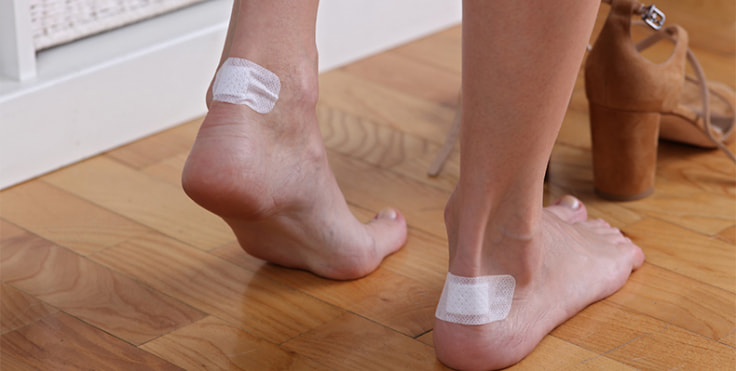
Keep the blister and the skin around it clean and dry, and if it hurts a lot or looks infected, it’s best to see a doctor. You can also try putting aloe vera gel or petroleum jelly on it to help it heal faster. The main thing is to keep the blister clean, protected, and let your body do its thing to heal.
Read More: Stmaryk12 – The Ultimate Guide For You!
FAQ’S:
1. Is Blisterata contagious?
Blisterata itself is not contagious as it is not a specific medical condition but rather a term that may describe various blistering skin conditions. However, certain underlying causes of blistering, such as viral infections or bacterial skin infections, may be contagious.
2. Can Blisters occur on any part of the body?
Yes, Blisterata can occur on any part of the body where the skin is present. Common areas affected by blistering include the hands, feet, arms, legs, face, and torso.
3. Are there any home remedies for treating Blisters?
While home remedies may provide temporary relief for blistering symptoms, it is essential to consult a healthcare professional for proper diagnosis and treatment of Blisters. Home remedies such as applying cold compresses, taking over-the-counter pain relievers..
4. Can Blisters be a sign of a serious medical condition?
Blisterata itself may not be a sign of a serious medical condition, but the underlying causes of blistering can vary in severity. In some cases, blistering may be associated with autoimmune disorders, infections, or genetic conditions that require medical attention.
5. Can Blisterata affect children?
Yes, Blisterata can affect individuals of all ages, including children. Certain blistering skin conditions, such as hand, foot, and mouth disease (HFMD) or impetigo, are more common in children due to their increased susceptibility to viral and bacterial infections.
Conclusion:
Blisterata, though informal, refers to skin blistering.For efficient management, it is crucial to comprehend its causes, symptoms, and course of treatment.Seek medical advice for proper diagnosis and personalized care.
Also Read:



